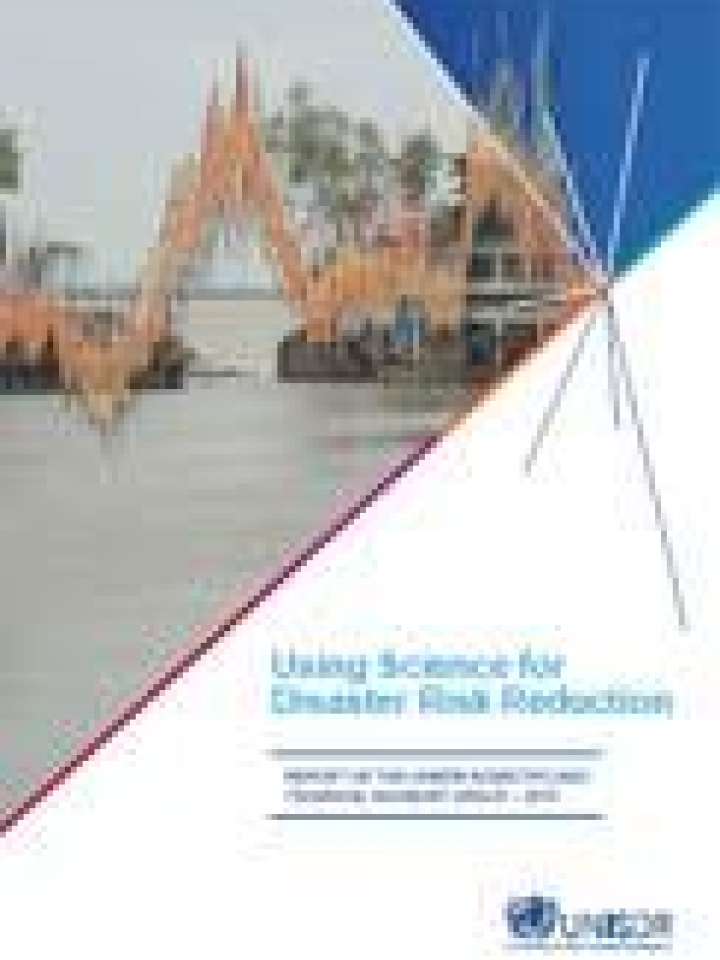Using science for disaster risk reduction: report of the ISDR scientific and technical advisory group, 2013
This report asserts that the more widespread integration of science into disaster risk reduction policy making will depend on science being ‘useful, useable and used’. The case studies in the report describe specific examples of scientific learning being employed to enhance disaster risk reduction, providing evidence that science is useable for disaster risk reduction. The case studies were selected from across the breadth of scientific disciplines and from all parts of the globe. They demonstrate that science can: (i) be driven by the need to address the adverse effects of disasters on lives, livelihoods, economies and societies (ii) enable more focused disaster risk assessment (iii) reduce the impact of disasters by better forecasting (iv) improve disaster risk mitigation programmes.
The Scientific and Technical Advisory Group makes the following recommendations in this report: (i) Encourage science to demonstrate that it can inform policy and practice (ii) Use a problem-solving approach to research that integrates all hazards and disciplines (iii) Promote knowledge into action (iv) Science should be key to the Post-2015 framework for disaster risk reduction (Hyogo Framework for Action, HFA2).
Case ten studies are:
- Tsunami warning and mitigation for the Indian Ocean region
- Assessing vulnerability to improve risk reduction
- Flood early warning in Bangladesh
- An earthquake early warning for Japanese bullet trains
- Watching the rains to build resilience in the African Sahel
- Flood risk reduction in the Netherlands: rhe ‘Room for the River’ project
- Preventing congenital rubella syndrome: health disaster risk reduction through rubella vaccination
- An Atlas of hazards and disaster risks to support disaster risk reduction in China
- Mathematical models for Cambodia to reduce the risk of H5N1 flu outbreaks in poultry
- Building resilience to earthquakes in Chile
